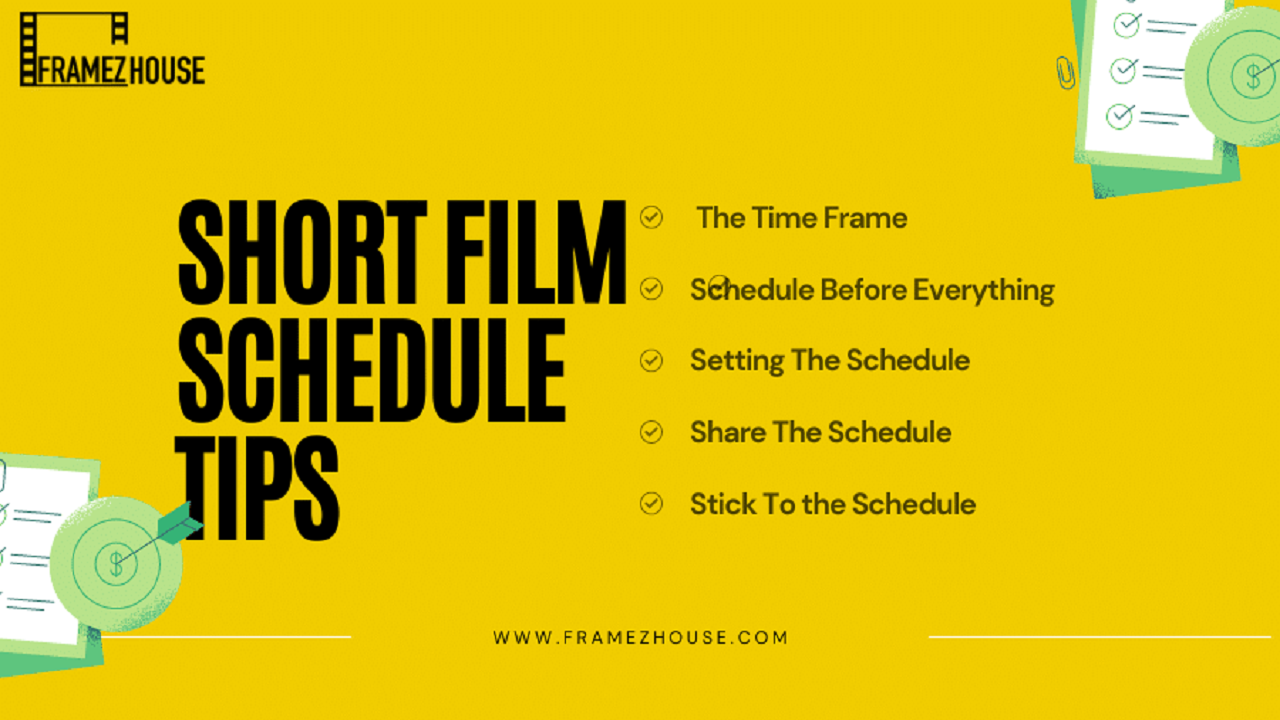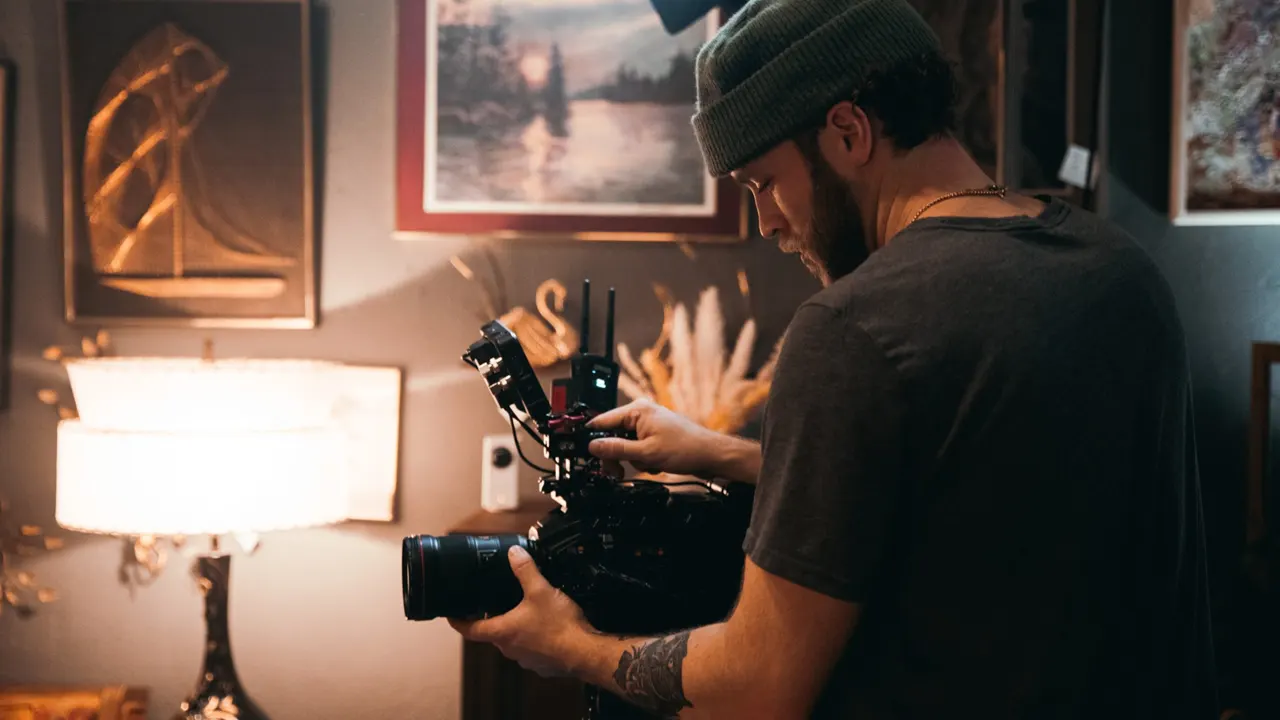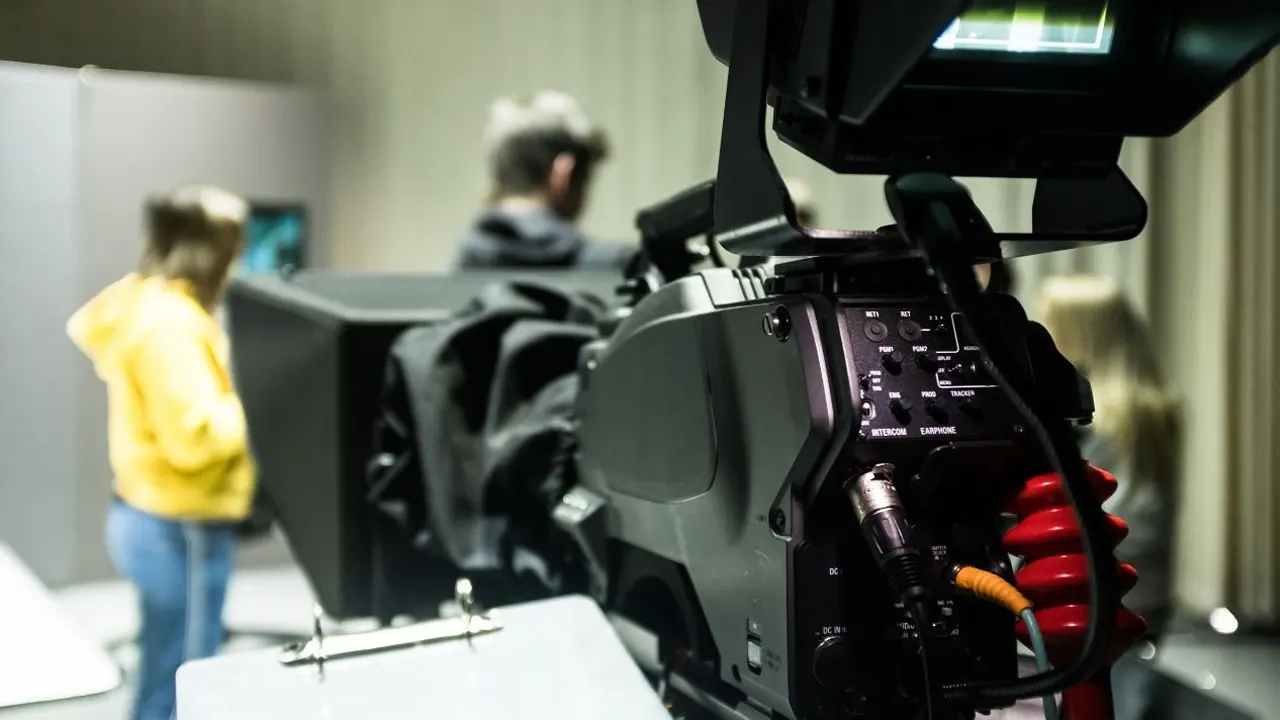
Making a short film involves many of the same rules and processes as making a feature-length one. However, there are some key differences that you need to be aware of; for example, you will likely be working under tighter budgets and tighter schedules. There are many ways to make a short film schedule, and each individual filmmaker will have their own way of doing so. But one thing is for sure – every short film production needs a schedule. If you want to save money on post-production, or simply make a better-quality short film, then you need to plan for every single moment of your production. This includes the pre-production phase, the actual shooting process and post production itself. In order to make sure everything runs as smoothly as possible; we have put together a step-by-step guide to creating your own short film schedule. By the end, you will have everything you need in order to create a short film schedule and stick to it.
The Time Frame
Being realistic is key. If you are planning to shoot a short film and need it finished in two months, then you will want to take it one step at a time. Like any project, the first question you need to ask is yourself: what is my time frame? If you are looking to make something quickly, you can – but you are going to need to rush all three stages of production: Pre-production, Production and Post-production. We have said it already but let us remind you again: There is no set formula for making a film. The scope of your project will depend on your goals for the project. Make a timeline and stick to it. Step one: draw an outline of your film production. Assemble a team, write a script, allocate roles, and then roll out! Some short films take only one week to shoot; others take two years or more. Consider the time frame for your own media production — you should have something ending and something beginning!
Schedule Before Everything
Making a schedule for your production is the single most important thing you can do to ensure that you deliver on time and on budget. A production schedule is the backbone of your film production. Without one, you are basically wandering around in the dark, unsteady, and unprepared for whatever surprises come your way. Having a solid schedule can help you avoid last minute scrambling and keep everybody on the same page when it comes to scheduling various tasks. A short film schedule is a vital component of the planning process in any production and is an essential tool for the organization of any team. Schedules are used to
communicate detailed plans to other departments, such as talent, location, and planning. In a single glance, managers can see what needs to be done when (and by whom), helping teams stay on track with numerous projects at once.
Setting The Schedule
With the advancement of technology, it is much easier for film productions to be more interactive. Nowadays, most of the larger scale productions have a production blog. A production blog is a wonderful way to keep your cast and crew informed on all the latest happenings on set. This way, each individual can easily refer back to check their schedule or get any last-minute updates on their scenes or changes with their call times.
Secondly, when you have a script board, it helps you plan out your story and make sure everything is in place. It can also be important for working with actors, who often need to read the lines, so they know what their character’s motivations are.
Share The Schedule
Once your shoot schedule is complete, it is going to be particularly important for you to share it with everyone who is working on the film. This will include cast and crew, as well as other departments like post-production and marketing. You will have a scheduled time every day (or week) where you get together with each of these groups to discuss what is happening that day, who will be there and when, etc.
First, if you are collaborating with a big team, a calendar can make it easy for everyone to see which scenes are shooting when and where. Second, if your production involves multiple locations or countries, having everyone share their calendars can help manage cross-site coordination like travel and even security concerns (this is especially helpful if those sites are far apart).
Stick To the Schedule
Because things will go wrong. They always do. So do not get stressed out when those unexpected moments come in. Instead of trying to salvage a shot that has gone awry, be confident and prepared with a buffer time of about 5 minutes at the end of every scheduled scene. That way, you will avoid any surprises as you move through your shoot day. Buffer time is a good thing. Why? Because things change in a heartbeat on a film set. It does not matter how much planning you do, there are always random problems that crop up and throw your
schedule off course. A buffer between shooting “A” scene and moving onto the next scene is the perfect solution to this problem!
Travel times are never exactly what you think they will be. Always budget an extra 10-15 minutes so you will not be late and keep an eye on the clock. If you have to make it from one shoot to the next, expect it will take longer than the GPS says by at least 10 minutes.
Planning for the unexpected is key to not only creating a successful shoot, but a positive experience for everyone involved. This ensures that you will capture everything you need, keep your schedule on track, and ultimately make your client happy with the final product!





